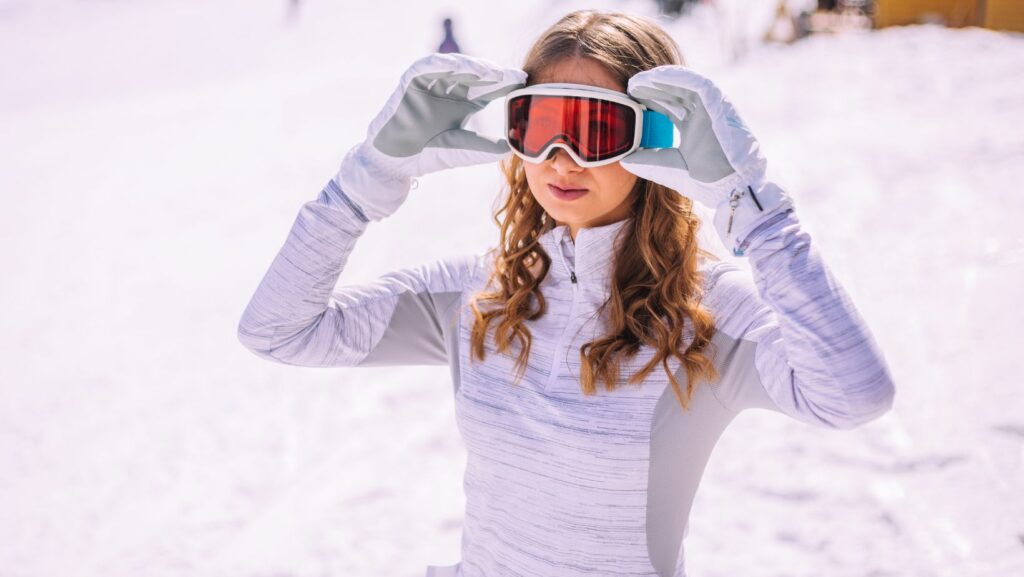As winter sports enthusiasts know, having the right gear can make or break your experience on the slopes. But as the season winds down, it’s essential to understand how to properly store and maintain your equipment. This isn’t just about keeping your gear in top shape—it’s about ensuring safety and performance for seasons to come.
From skis and snowboards to helmets and boots, each piece of your winter sports equipment requires specific care. Knowing the right techniques can prolong their lifespan and keep you ready for the next winter adventure. Let’s delve into the world of winter sports equipment and explore the best practices for end-of-season care.
End of Some Winter Sports Equipment

Undoubtedly, developments in technology and a rising trend towards eco-friendly options, including the integration of QR codes for equipment tracking and information, greatly influence the terrain of winter sports equipment.
Exploring new technologies, companies actively pursue improvements that enhance sports equipment’s functionality and durability. If we look at ski boots, for instance, manufacturers employ 3D printed shells, which precisely fit an individual’s foot. This process significantly boosts comfort and performance.
Simultaneously, smart technologies find their place in gadgets like snow goggles. Enabled with GPS, these goggles project real-time data onto the display, providing information such as speed, altitude, location, and even incoming calls. This innovative gear takes the winter sports experience to a new level, harnessing advanced tech for an immersive experience on the slopes.
Eco-Friendly Innovations
Parallel to technology advancements, a shift towards sustainable, eco-friendly products gains momentum in the winter sports equipment industry. For example, companies now produce skis from renewable materials like bamboo, replacing traditional yet environmentally harmful materials. Meanwhile, a snowboard made from bio-based epoxy resin underlines the industry’s commitment to reducing ecological footprint.
Clothing brands also join the eco-friendly initiative, launching outerwear crafted from recycled materials. Some manufacturers even integrate eco-conscious practices into their production process, using solar energy to power their facilities.
Indeed, these trends exhibit an exciting evolution in winter sports equipment, highlighting the industry’s dedication to balance performance with sustainability.
Performance Enhancement in Winter Sports Gear
 Emphasizing materials, it’s apparent designers harness the power of state-of-the-art composites like carbon fiber, research breakthroughs in metallurgy, and innovative uses of wood to manufacture next-generation winter sports gear. Notable mentions, such as snowboards that blend carbon fiber and wood, result in designs offering lightweight, yet firm and responsive performance. Similarly, advancements in textile technology give birth to clothing featuring attributes like thermo-regulation and moisture-wicking capabilities, enhancing athletes’ comfort and performance. Beyond design and materials lies another pivotal aspect – safety features, forming the linchpin of winter sports gear efficacy. Cutting-edge helmets, often flaunt designs integrating Multi-directional Impact Protection System (MIPS) technology, a system developed to reduce rotational forces on the brain. Furthermore, boots are now being designed with better impact absorption features, reducing the likelihood of fractures or damage in case of falls. As a reaffirmation of the vital role of smart technology, GPS-enabled wearables provide a safety net, allowing skiers and snowboarders to track their paths and alerting rescue services should a mishap occur.
Emphasizing materials, it’s apparent designers harness the power of state-of-the-art composites like carbon fiber, research breakthroughs in metallurgy, and innovative uses of wood to manufacture next-generation winter sports gear. Notable mentions, such as snowboards that blend carbon fiber and wood, result in designs offering lightweight, yet firm and responsive performance. Similarly, advancements in textile technology give birth to clothing featuring attributes like thermo-regulation and moisture-wicking capabilities, enhancing athletes’ comfort and performance. Beyond design and materials lies another pivotal aspect – safety features, forming the linchpin of winter sports gear efficacy. Cutting-edge helmets, often flaunt designs integrating Multi-directional Impact Protection System (MIPS) technology, a system developed to reduce rotational forces on the brain. Furthermore, boots are now being designed with better impact absorption features, reducing the likelihood of fractures or damage in case of falls. As a reaffirmation of the vital role of smart technology, GPS-enabled wearables provide a safety net, allowing skiers and snowboarders to track their paths and alerting rescue services should a mishap occur.
Accessibility and Affordability Issues
 Despite significant advancements in winter sports gear, issues related to accessibility and affordability persist. Cutting-edge materials and innovative designs often come at a high cost, making them inaccessible to many winter sports enthusiasts. Customers confront several challenges when acquiring winter sports equipment, primarily the high costs associated with advanced gear. Advanced materials like carbon fiber, MIPS helmets, and other safety equipment can be expensive. Thus, albeit valuable in enhancing performance and safety, they might be beyond reach for some enthusiasts.
Despite significant advancements in winter sports gear, issues related to accessibility and affordability persist. Cutting-edge materials and innovative designs often come at a high cost, making them inaccessible to many winter sports enthusiasts. Customers confront several challenges when acquiring winter sports equipment, primarily the high costs associated with advanced gear. Advanced materials like carbon fiber, MIPS helmets, and other safety equipment can be expensive. Thus, albeit valuable in enhancing performance and safety, they might be beyond reach for some enthusiasts.
Manufacturers are working diligently to tackle this issue. They’re incorporating cost-effective methods into their production processes. For instance, many are using renewable materials or recycling plastic waste to make gear. Such methods, while not only eco-friendly, also serve to reduce costs.
Manufacturers also offer rent or lease options for some items, providing a feasible solution for those unable to afford outright purchase. Another approach involved in making gear more affordable is the concept of unisex designs.
